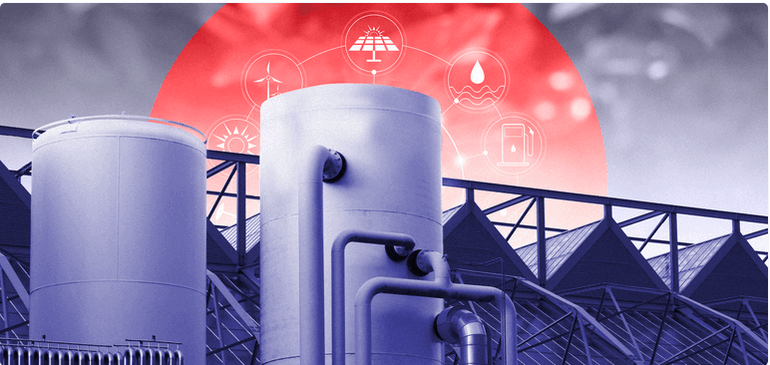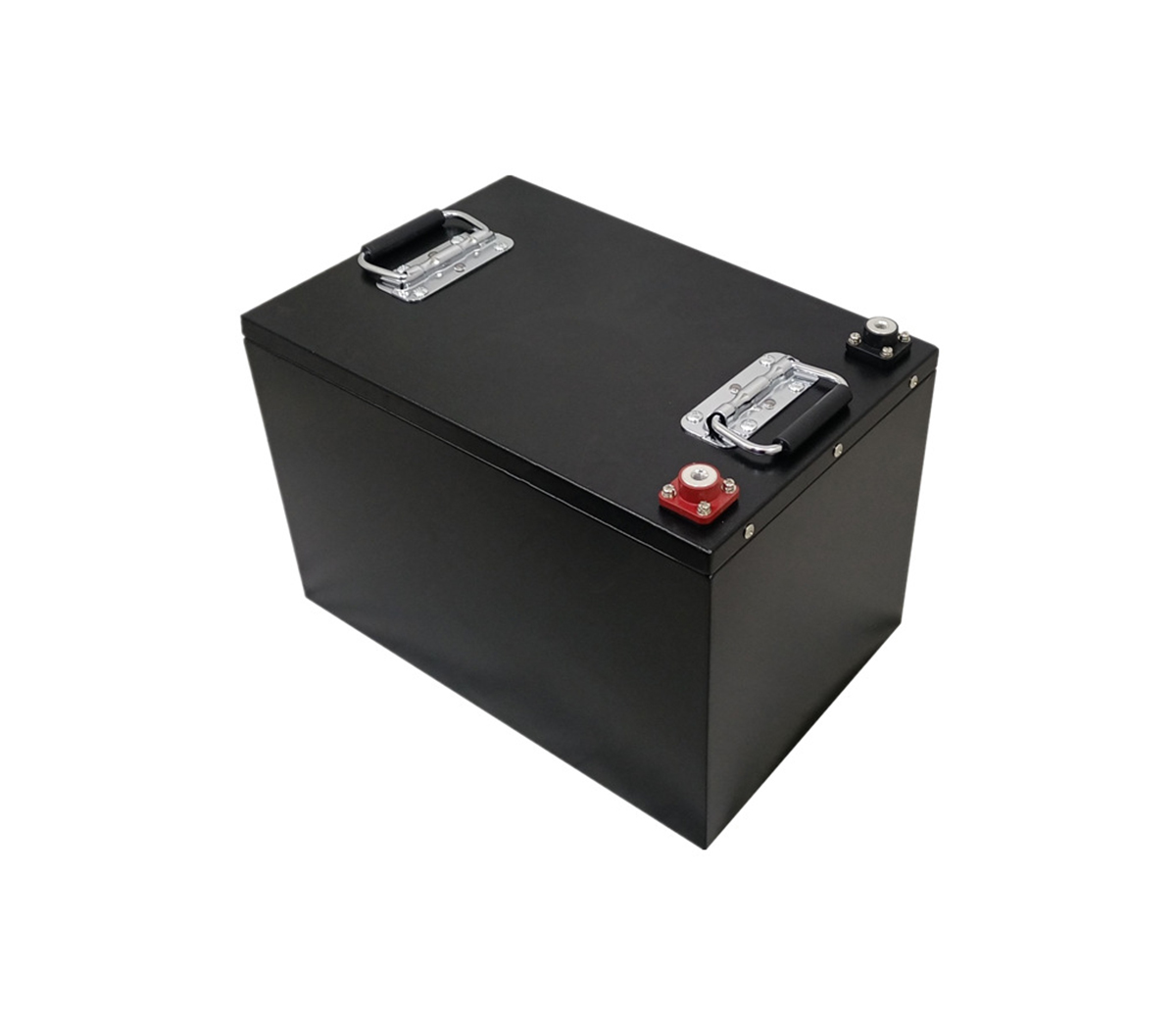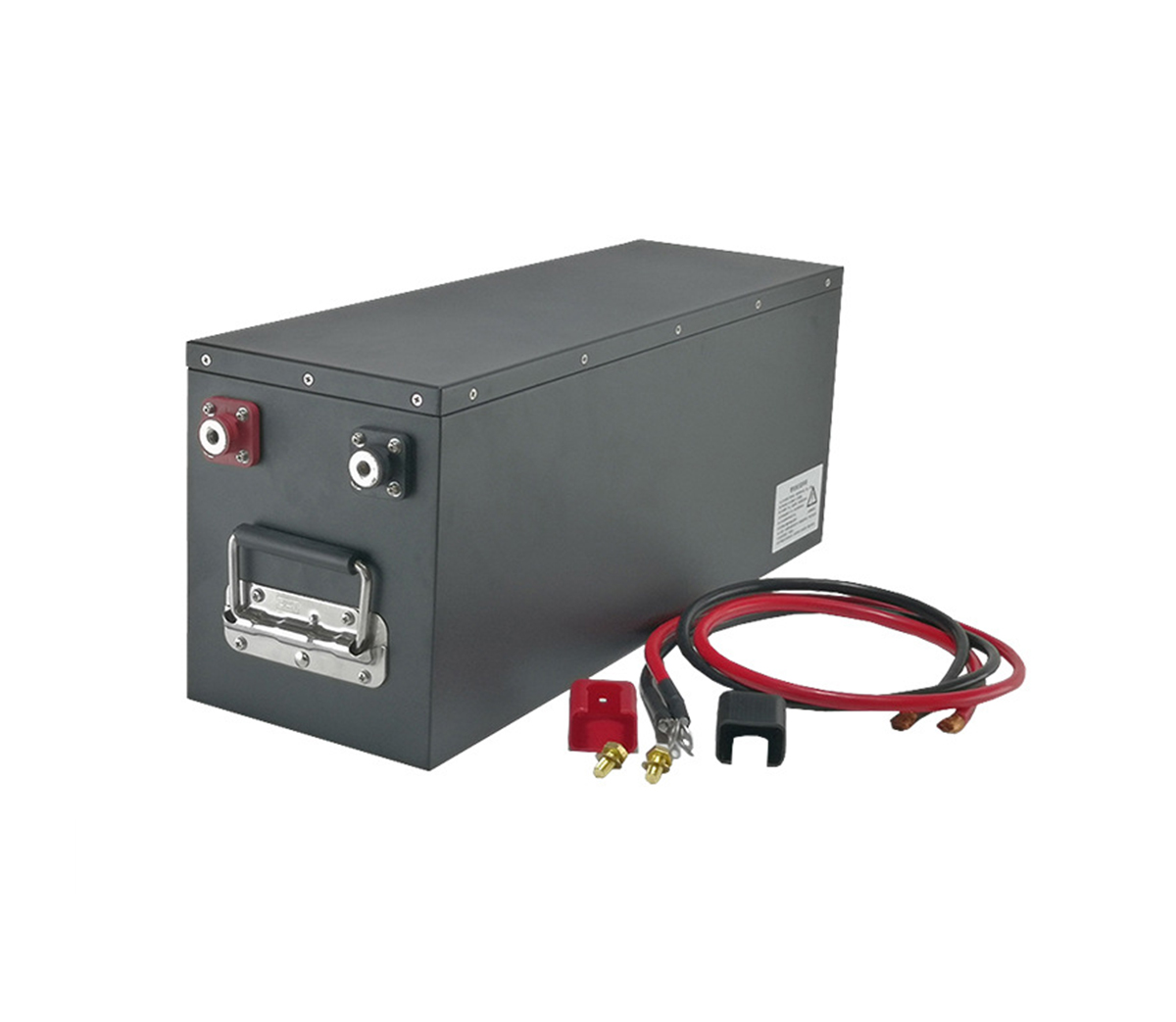In the future, the products that replace lithium-ion batteries must be
cost-competitive, so what will be those new types of batteries?
As supply chain tensions affect the supply of lithium-ion batteries, there
is growing focus on emerging battery technologies developed using abundant
minerals and elements. And products that replace lithium-ion batteries must be
cost-competitive, according to academics, government officials and industry
experts.
This is a view that SES Power very much agrees with, because in our nearly
20 years of lithium battery design and manufacturing career, this is the first
time we have encountered such a shocking rapid market fluctuation. The rising
price of raw materials has also hurt SES Power very much. For example, our
12V100Ah, 12V200Ah, 24V100Ah, 36V100Ah, 48V100Ah household energy storage 3KW,
5KW systems, using EVE, CATL, BYD square aluminum lithium iron phosphate
batteries, racks as for our lithium iron phosphate batteries, which can work at
-40 degrees Celsius, the price increase is even more alarming. We clearly felt
the hesitation of end customers.
To help meet growing decarbonization goals, the preferred replacement for
lithium-ion batteries will be those with a duration of 10+ hours and less
toxicity, industry experts told MIT's Energy 2022 conference on April 1. battery
products. Emerging grid-scale battery energy storage technologies include
sodium-ion batteries and iron-air batteries, and electric vehicle secondary
batteries (echelon batteries) with longer remaining life.

Lithium-ion batteries are the mainstream technology in energy storage
systems today, but the price of lithium has tripled since the start of the
Russia-Ukraine conflict, said Yang Shao-Horn, a professor at the Massachusetts
Institute of Technology. Lithium materials are now the most expensive key
component in lithium-ion batteries, and prices for other key metals have also
risen sharply.
"The sharp rise in the price of lithium materials could drive the
development and application of other energy storage technologies," she said,
citing sodium-ion battery chemistry as an example, noting that the technology is
developing rapidly and that performance is almost comparable to lithium-ion
batteries. Benefiting from the cheap and widespread distribution of raw
materials, the true cost of Na-ion batteries is expected to decrease
significantly.
U.S. President Joe Biden emphasized the need for domestic products and
technologies when he invoked the Defense Production Act on March 31 to reduce
import reliance on key elements and metals used in grid-scale battery energy
storage systems and the electric vehicle market. Biden authorized the U.S.
Department of Defense to support the production and processing of minerals and
materials for high-capacity batteries, while ensuring strong environmental,
labor, community and tribal consultative standards.
"Batteries cannot be highly toxic," Thomas Winter, vice president of
strategic technology at energy storage system integrator Fluence, said at the
conference. "As costs come down, new technologies have been unlocked, and this
trend is expected to continue."
He stressed that both domestic sources of battery materials and local
battery manufacturing are key. Winter added that if battery products are to
enter the U.S. market, they need to come from the U.S. mainland. Like Shao-Horn,
Winter is optimistic about the prospects for sodium-ion batteries. "The
development of sodium-ion batteries is exciting because of their high power
density and is safer than lithium-ion batteries," he said.
Another promising technology is metal-air battery technology, which
includes iron-air batteries.
Robert Kostecki, a senior scientist and division director at Lawrence
Berkeley National Laboratory, noted at the meeting that if sodium-ion and
metal-air battery technologies become cost-competitive, they will outperform
lithium-ion battery energy storage systems because they are more stable, the
service life is more than twice that of lithium-ion batteries, which can last up
to 25 years, while the service life of lithium-ion batteries is 8 to 10
years.
Form Energy is developing a battery that uses iron, air and water to create
what it calls "reversible rusting." According to the company, the iron-air
battery is expected to be able to discharge for up to 100 hours. This battery
draws in oxygen from the air and converts iron into rust.
Iron-air batteries have received grants from the U.S. Department of
Energy's Advanced Research Projects Agency and the State of California. In late
February, Form Energy signed a supply agreement with Georgia Power for a
15MW/1,500MWh energy storage project.
Form Energy senior manager Scott Burger said at the seminar that the
company is looking to deploy more iron-air battery storage systems. Burger
estimates that iron-air batteries will cost less than $20/kWh to install, which
will help the technology compete with lithium-ion batteries and the natural gas
power generation facilities they will replace.
Other energy storage technologies under development include electric
vehicles with grid-connected communication software that can power the power
system when necessary. Another candidate is the cascade utilization of power
batteries. Although the capacity of these batteries is insufficient to meet
driving needs, they are sufficient to meet energy storage needs. This is also
the route SES Power is implementing.



































